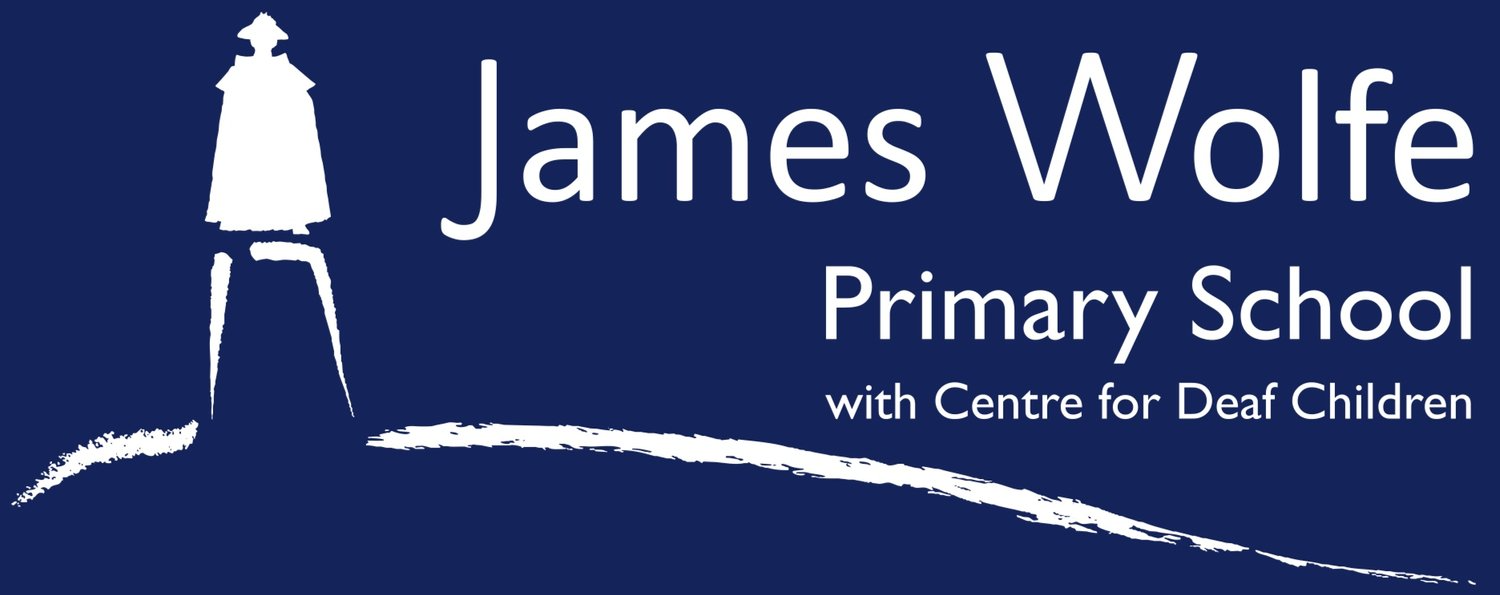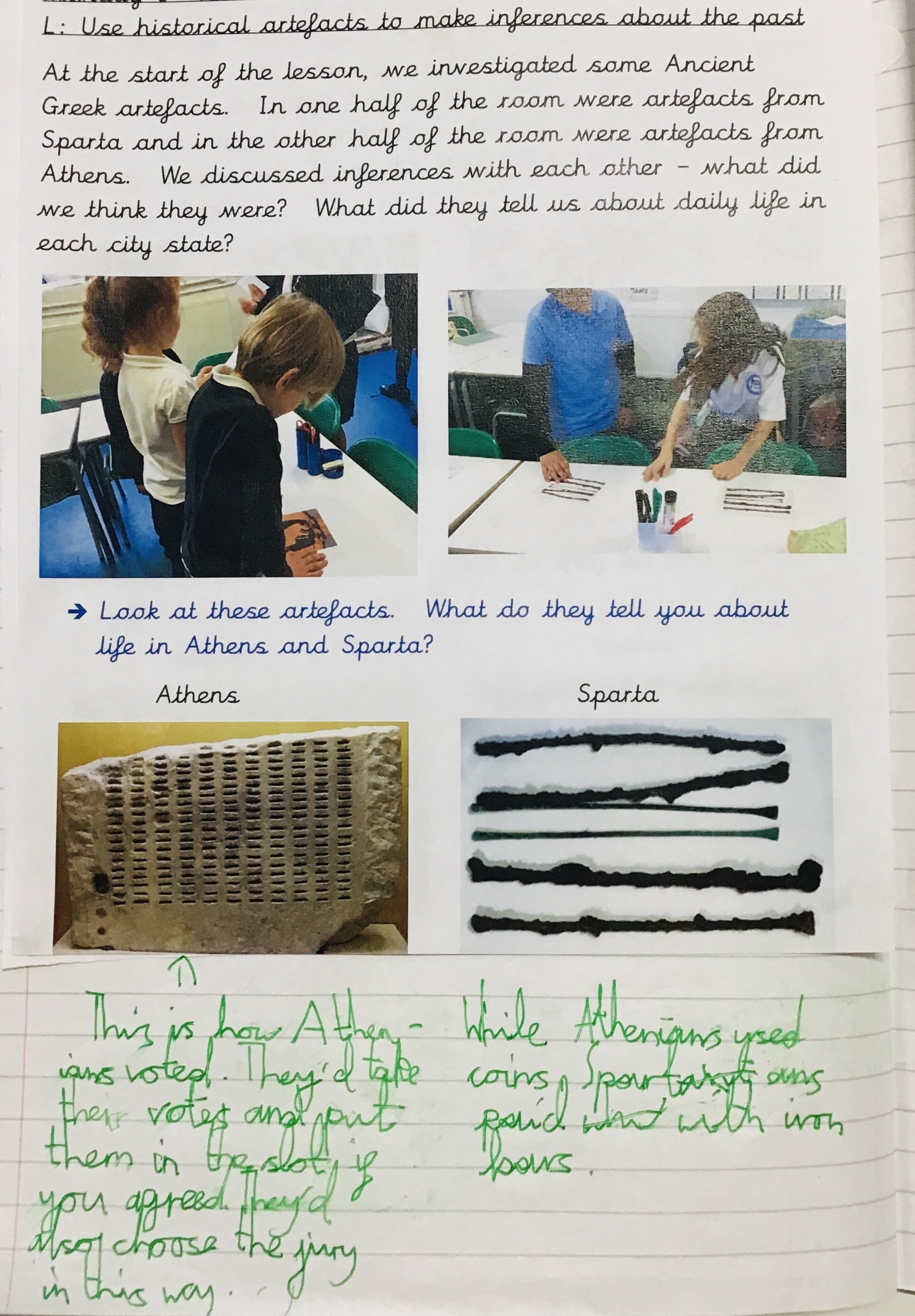So much to learn from in history
The evidence below, illustrates how we develop children’s knowledge across the school of the past being constructed from a range of sources. Children’s thoughtful selection and organisation of relevant historical information transpires from this exploration.
Local history
In Reception, the children are beginning to explore the idea that historical information can be retrieved from sources. Focusing on the use of photographs as evidence, the children are exploring how the local area has changed. They used photographs of specific locations (St Alfege Passage, Greenwich Station) and compared them; one photograph from a book on the history of Greenwich, one taken by a member of staff during 1980s and then visiting the places with their class to take photographs themselves. They organised the pictures in to timelines and used those to support discussions around the way that Greenwich has changed over time.
The Great Fire of London
Following an in-depth dive into the Great Fire of London, Year 2 visited the Tower of London. Before the visit, the children drew from a range of written sources to piece together an understanding of what happened in 1666. They questioned the veracity of sources in terms of depth with one child noting “What if someone knew something important about the fire but didn’t know how to write a diary?” Their trip came with the opportunity to look at objects that survived the fire as well as question curators and experts about details not found in the sources they had explored, rounding out their understanding of the event.
Making inferences in Year 4
Through careful examination of a diverse selection of primary and secondary sources, Year 4 children have been able to draw inferences about cultural and social trends within Ancient Greece. This has reinforced their understanding of the geographical region and life within two different city-states – Athens and Sparta. Following their exploration of historical sources, they have proceeded to compare the way of life for those living in a democratic state and those living with an oligarchic government. Subsequently, children were able to reflect on how these differences dominated freedoms and economy growth during this period, and whether they would prefer to have been Spartan or Athenian.
Analysing historical sources
This Year 6 child has demonstrated his knowledge in using historical sources to elucidate how Noor Inyat Khan – liberated from the domestic role - reflects the dynamic and diverse history of women. He has developed understanding of the social and cultural practices of the time which created challenges for women of an ethnic minority group. Through the study and analysis of memoirs, government documents, propaganda posters and photographs, he has been able to draw conclusions that artefacts and other sources are tactile expressions of the attitudes and behaviours of the past that encourage us to bring about change. This has evolved in the child assembling a biographical text using the sources to celebrate this historical figure.




